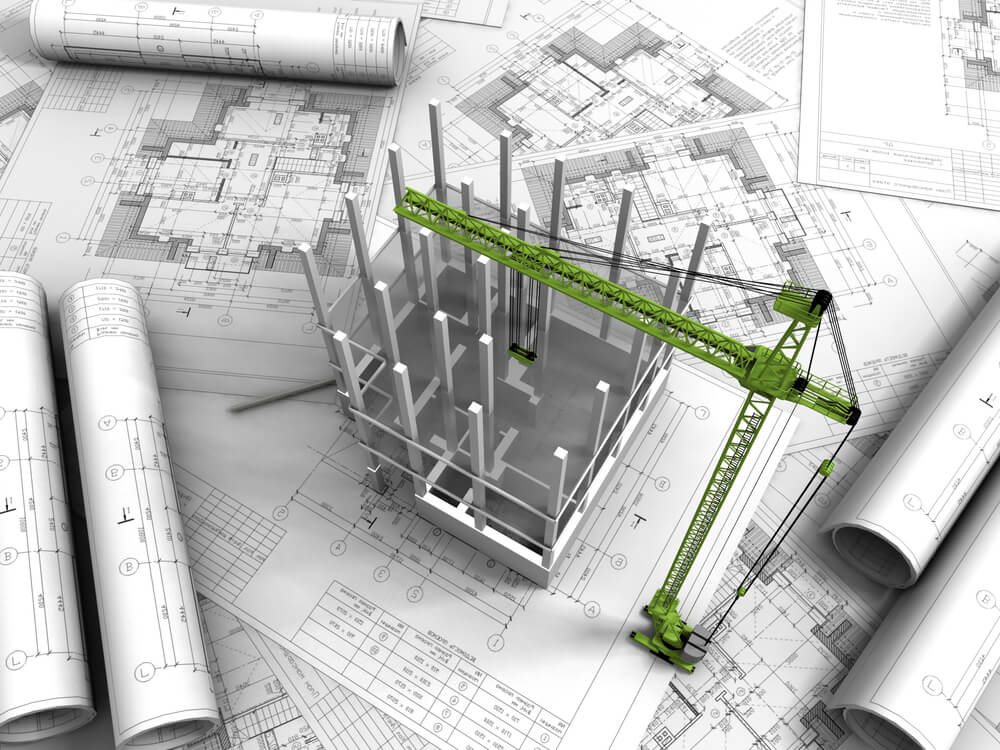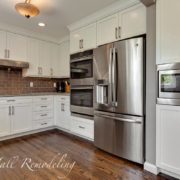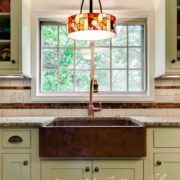Advantages and Disadvantages of “Bridging” With Design Build
Home remodeling is a complex process, but the end results can reap great rewards for the homeowner. When planning a remodel, you may find yourself working with a designer or architect early on in the process. For a variety of reasons, you may later seek the services of a design-build firm. This may even come during the design process. But likely, this decision won’t be made until the actual construction is about to be underway. When you take the design work from a different firm and decide to work with a design-build company, this is known as “bridging.” Is this a good idea, and are there are any potential drawbacks?
Advantages of Bridging with a Design Build Company
Most often, bridging is better known as design-bid-build. Simply put,  it means that you have the project designed by one party. Then, before any work gets underway, you bid out the project to another party. On smaller home remodeling projects, this is usually a win. You get to work with an architect or designer you trust. You then ensure you’re getting the best construction crew to finish the job.
it means that you have the project designed by one party. Then, before any work gets underway, you bid out the project to another party. On smaller home remodeling projects, this is usually a win. You get to work with an architect or designer you trust. You then ensure you’re getting the best construction crew to finish the job.
If a design-build company is getting involved, their design team can give you a fresh perspective on your project. Perhaps a second look can offer you ideas and design solutions that you may not have considered in the preliminary design. More ideas are always good, but your initial designer or architect will be your voice in the process. This gives you two expert opinions instead of only one.
Also, having an experienced design team on the job helps to smooth out any items that may have been overlooked as construction gets underway. You can have the best design plans, but in execution, it’s always good to have a second look.
Another way that bridging can occur is when the homeowner hires their own construction project manager to oversee the project. In this case, the project manager acts as an agent for the homeowner much like an architect or dedicated design firm would. This offers an extra layer of protection against budget overruns and ensures quality of construction.
Disadvantages of Bridging with Design Build
it’s actually not all that unusual that a homeowner may want their own outside designer and architect in the beginning. It’s not uncommon to plan out the preliminaries of a project before entering a contract with a design-build company. However, typically, design-build firms like to keep design and construction work all in house. They like to be a one-stop shop. When you bring in an outside influence, the communication necessarily becomes more complicated.
Still, most design-build firms can bridge well enough to make the transition seamless. You just need to be sure that the firm you decide to work with is well versed in the construction methods and materials involved in your specific project. Really, though, the major disadvantage of bridging is that the project simply takes more time. Because there is an additional step of including the original design team, take-offs and approvals will simply take more time.
Overall, if you design to use the design-bid-build process, otherwise known as “bridging,” you can have a better guarantee of keeping your project on budget and having a high quality of finished product.
Source: http://www.aia.org/aiaucmp/groups/secure/documents/pdf/aiab080721.pdf


















